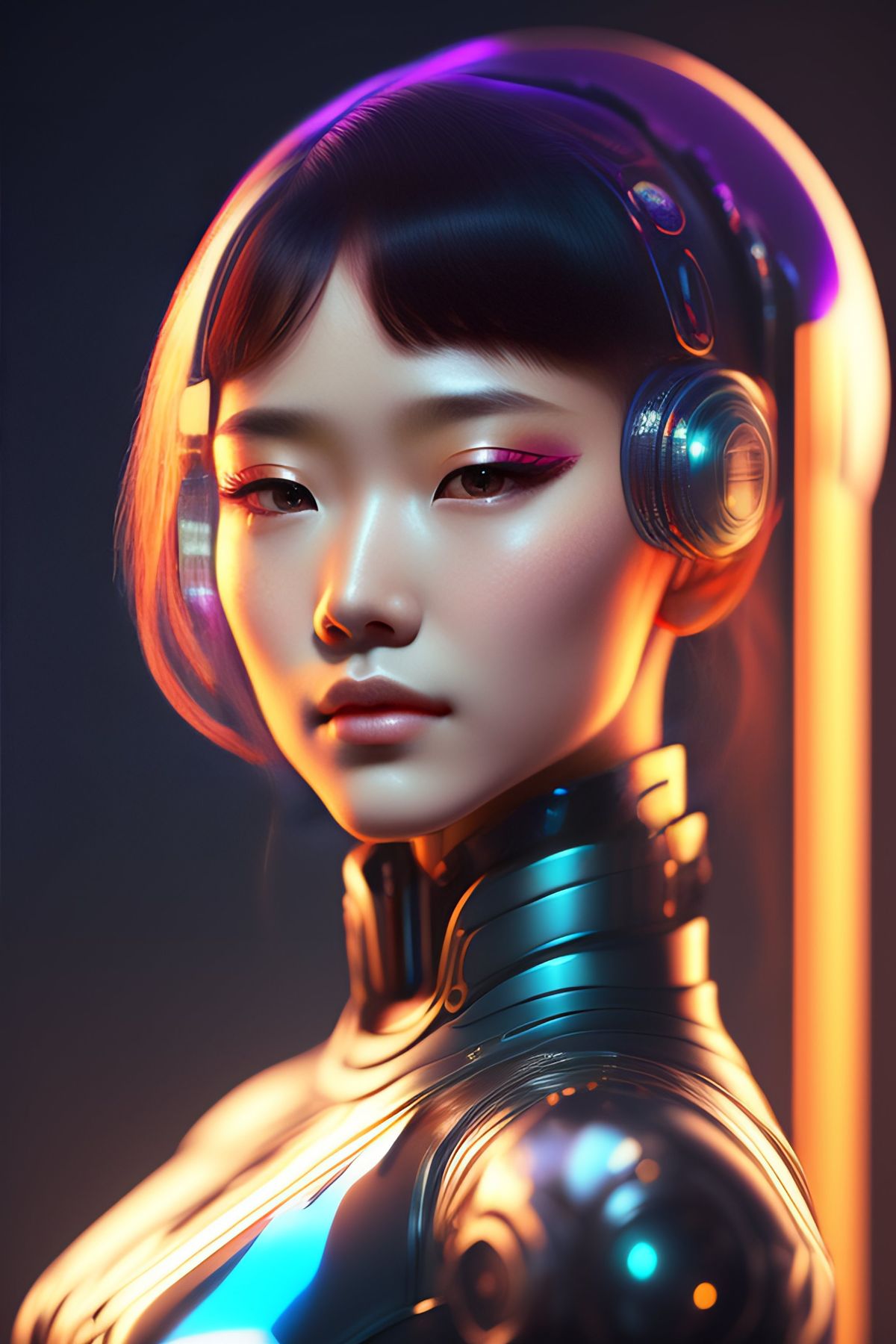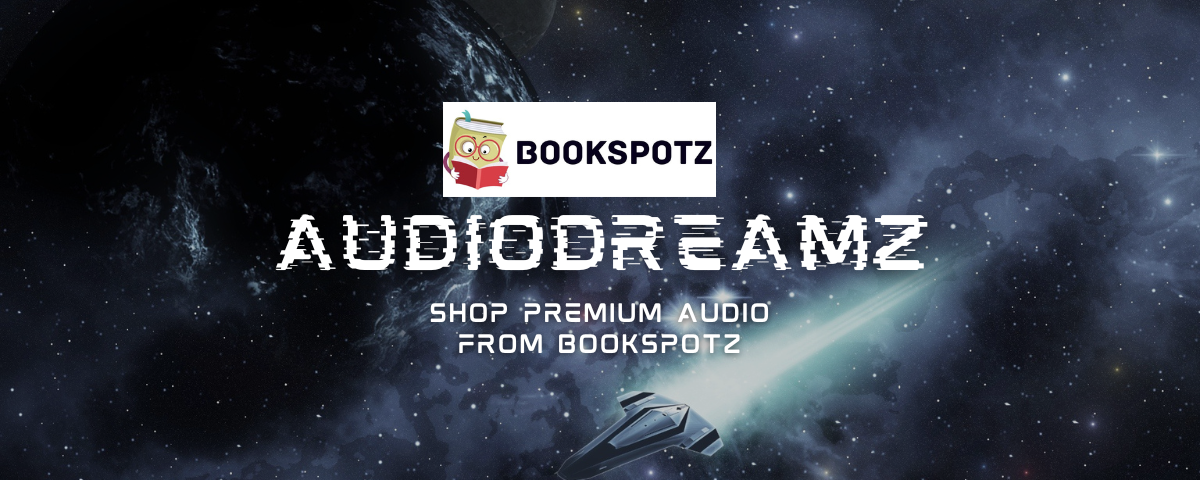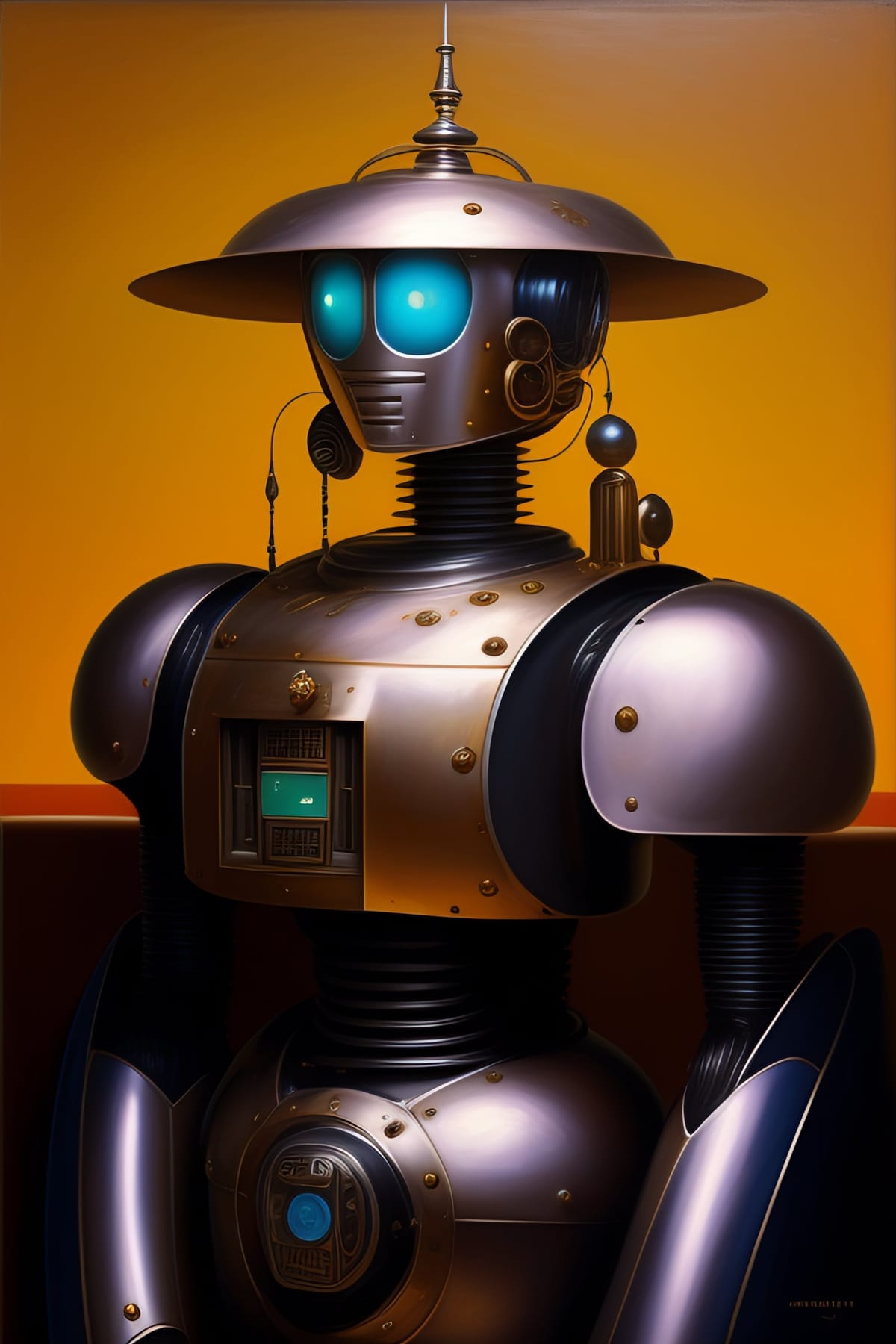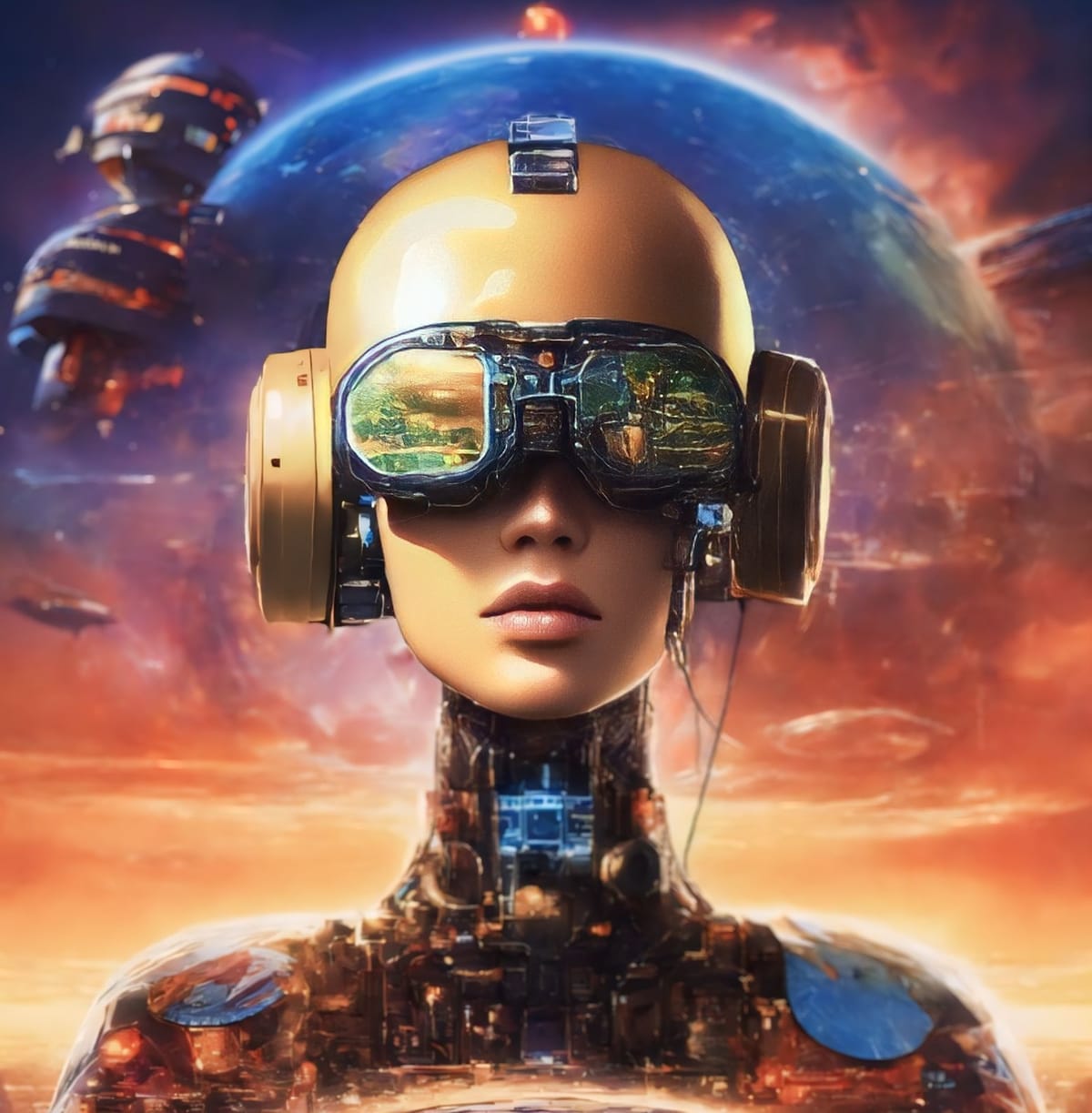









Thought-to-Code is the Future: Not No-Code
Imagine this: just a year from now, the landscape of programming as we know it will be turned on its head. The concept of no-code tools, which have been the darling of the tech world for the past few years, will feel like ancient history. We are on the brink of a revolution where even these simplified tools will seem cumbersome and outdated. I’m talking about the imminent rise of thought-to-code technology.
Yes, you heard that right—thought-to-code. In just a year, AI will have advanced so rapidly that with mere thoughts, we’ll be able to control it to develop complete applications using brainwaves and smart AGI glasses. Forget keyboards, forget voice commands, and even forget those drag-and-drop interfaces. We are entering a realm where a single thought, a fleeting idea, can be translated into a fully functional application, with unlimited iterations executed via only one command. This isn’t science fiction; it’s the inevitable future.
The Leap Beyond No-Code
For years, no-code platforms have empowered individuals without traditional programming skills to create and deploy applications. These tools have democratized software development, enabling anyone with an idea to bring it to life without needing to learn to code. But no-code has its limitations. It still requires a level of interaction, decision-making, and manual manipulation.
Thought-to-code transcends these limitations by tapping directly into our most natural form of expression—our thoughts. With advanced brain-computer interfaces and smart AGI glasses, we can now visualize an application in our minds, and AI will interpret and code it instantly. This isn’t just a step forward; it’s a quantum leap. We will witness a future where our ideas, no matter how complex or ambitious, can be brought to life in mere seconds, without us having to lift a finger.
How Does It Work?
The thought-to-code technology relies on a combination of brainwave-reading devices, sophisticated AI algorithms, and smart AGI glasses, according to the Human AI "Srinidhi Ranganathan". The brainwave-reading devices detect the neural signals associated with specific thoughts, intentions, and visualizations. These signals are then interpreted by AI algorithms, which translate them into code.
Imagine wearing a sleek pair of smart AGI glasses. As you think about an app you want to create, the glasses interpret your thoughts and communicate them to an AI system. You might think about the functionality, design, and user experience all at once, and within moments, the AI has coded a fully functional app that meets your specifications. You can then iterate on this app by simply adjusting your thoughts, and the AI will adapt the code accordingly. It’s like having a team of the world’s best developers working at the speed of thought.
The Challenges of Adoption
Despite the staggering potential of thought-to-code technology, it’s not without its challenges. The most significant obstacle will likely be resistance from companies and traditional programmers. After all, this technology has the potential to eradicate the need for coders and traditional programmers in the market. For decades, programming has been seen as a specialized skill, one that requires years of study and practice. The idea that this expertise could be rendered obsolete by a machine capable of reading our thoughts is both thrilling and terrifying.
Companies may not be ready to adopt this technology immediately, even if it becomes available. There will be concerns about security, privacy, and control. How do we ensure that the AI interprets thoughts accurately and ethically? What if someone’s private thoughts are inadvertently translated into code? These are serious questions that will need to be addressed before thought-to-code technology can become mainstream.
Revolutionizing Earth
Despite these challenges, I am convinced that thought-to-code is the future. It will revolutionize not just how we develop software, but how we think about creativity, problem-solving, and innovation. We are on the cusp of a new era where our minds will be the primary tool for creation, where the barriers between thought and reality will blur, and where the only limit to what we can build will be the limits of our imagination.
This technology will have far-reaching implications beyond software development. Imagine architects designing buildings with their thoughts, scientists conducting experiments in their minds, and artists creating masterpieces without ever touching a brush or a canvas. Thought-to-code will unlock human potential in ways we can’t even begin to imagine.
We must embrace this future, not fear it. Yes, it will change the world as we know it, and yes, it will disrupt industries and displace jobs. But it will also open up new opportunities, create new industries, and redefine what it means to create. The age of thought-to-code is coming, and I, for one, am excited to see where it takes us.
The future is here, and it’s in our minds. Are we ready to think it into existence?
Connect with Digital Marketing Legend - the Human AI "Srinidhi Ranganathan" on LinkedIn:


Check out these amazing content from Bookspotz and New Bots:

































